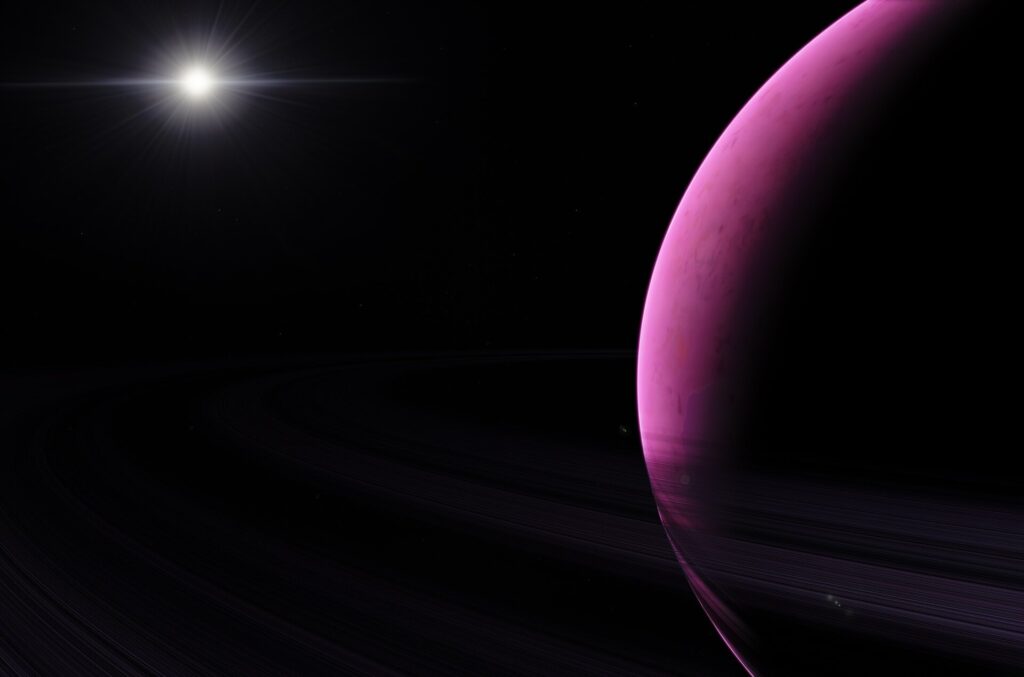Astronomers have tested a new fast method of searching for exoplanets. They first found a star with obviously uneven motion by indirect methods, and then directed an Extremely Powerful Telescope at it. So HIP 99770 b was opened.

New exoplanet
An international group of scientists has announced that they have made a breakthrough in the discovery of exoplanets. The new method will allow us to identify them very quickly and reliably. The ones used to date require long-term observation of the star with the help of powerful telescopes.
The new method is mainly based on general archival data and short-term direct observations. Thanks to its application, it has been possible to discover a planet in the star HIP 99770 b, which is twice as massive as the Sun, but in general its system is very similar to our own. It is surrounded by a ring of icy debris, similar to the Kuiper Belt.
The newly discovered planet HIP 99770 b is about 14-16 times larger than Jupiter. This makes it a candidate for brown dwarfs, but this is not important for research. The main thing is that the method really works.

What is the new method
To discover the planet in HIP 99770, scientists started with the method of accurate astrometry. All stars have their own motion in relation to the Sun, which is independent of the rotation of the Earth. It is always linear and homogeneous. If there is an unevenness in it, then something is slowing down the star.
The researchers took a catalog containing observations of Gaia and Hipparcos devices. Thanks to them, they determined the irregularities of its movement, accumulated over 25 years of observations. It became clear that there was a planet in the star and it only needed to be confirmed.
Therefore, the Subaru telescope, located on the Hawaiian Islands, was aimed at it. It has a Subaru Coronagraphic Extreme Adaptive Optics (SCExAO) instrument, which allows scientists to cut off the light of a star and see exoplanets.
According to phys.org
Follow us on Twitter to get the most interesting space news in time
https://twitter.com/ust_magazine
